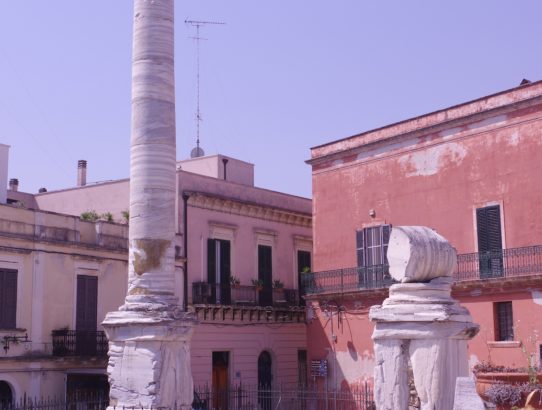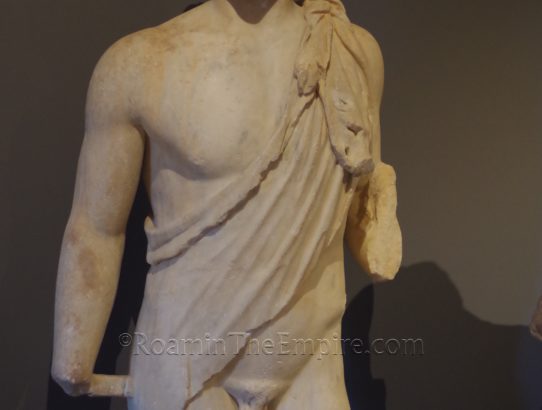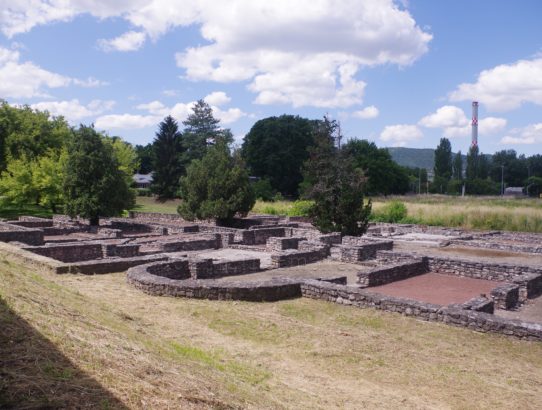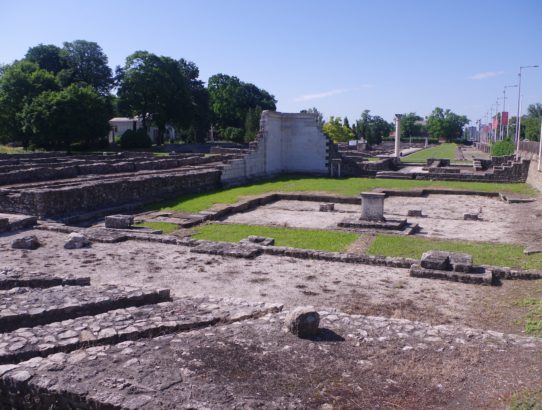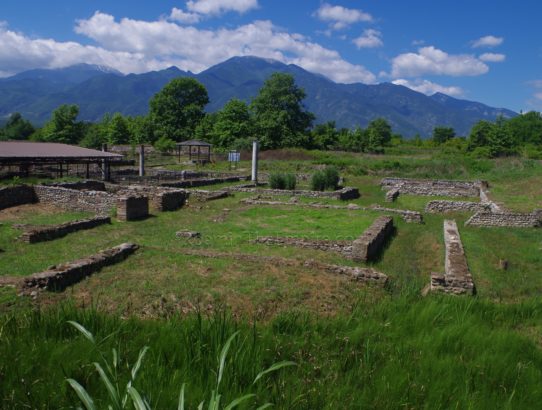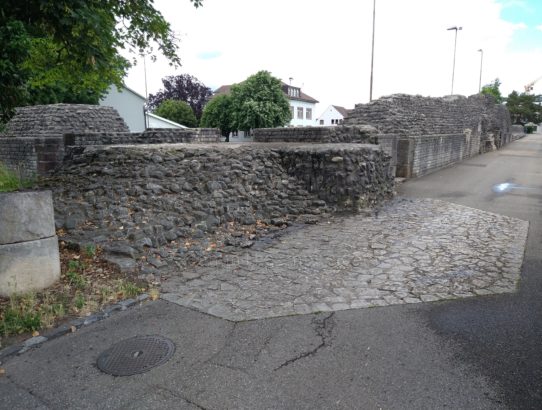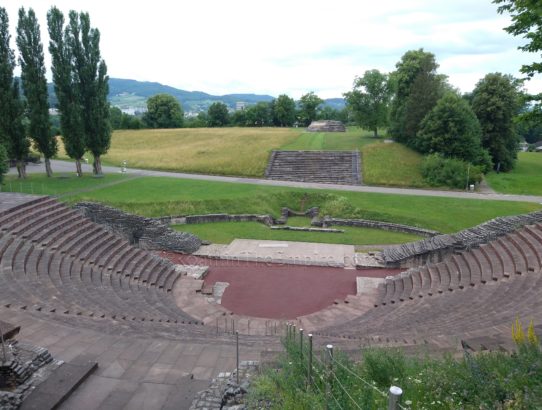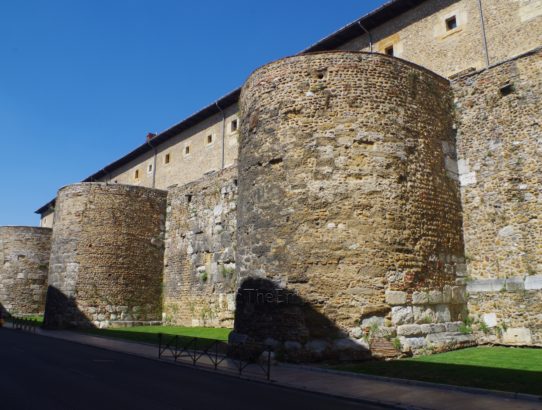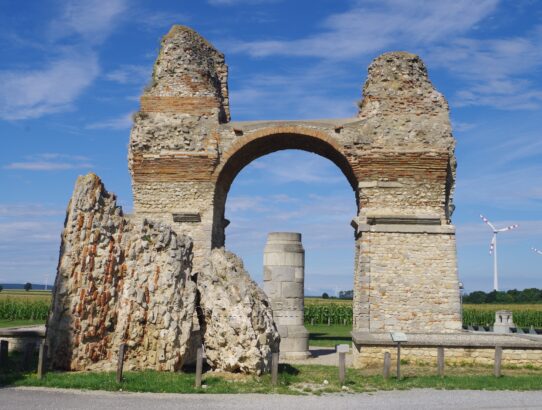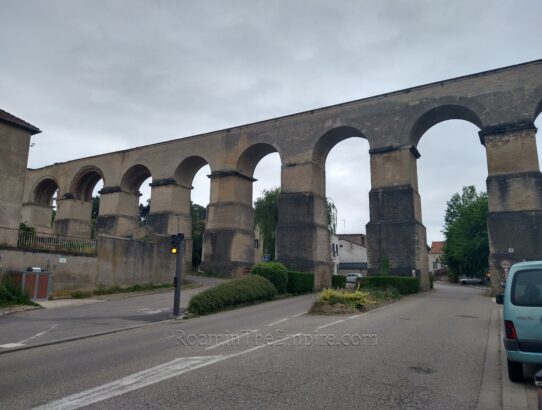Brundisium, Calabria
Most Recent Visit: July 2023 The Roman city of Brundisium (modern Brindisi), located on the Adriatic coast of Calabria (modern Apulia) seems to have begun life as a settlement of the Messapi; though legends have the city being founded by the mythic king Diomedes of Thrace. The Messapi are thought to have originated in the…
Read More


